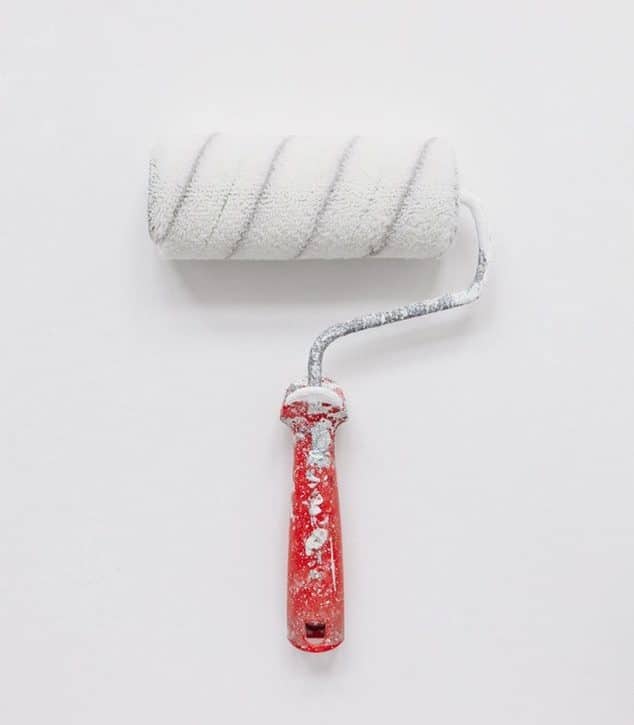By: Joseph D’Agnese
Low-VOC paints are kind to your health, and they won’t break the bank, either. Learn more about these eco-friendly ways to brighten a room.
VOCs health hazards
Volatile organic compounds (VOCs) are solids and liquids that convert easily to gas or vapor at room temperature. VOCs are contained in many paint products and have been linked to a variety of health problems–watery eyes, headaches, asthma, respiratory diseases and cancer.
Common paint VOCs
Common VOCs in paint include ethylene glycol (the same chemical compound found in antifreeze), formaldehyde, benzene, and a variety of other flammable or toxic chemicals. The paint’s materials safety data sheet (MSDS) lists the hazardous materials the product contains. Laminated MSDS sheets are usually displayed in paint stores, or you can download them from a paint manufacturer’s website.
VOC regulations
Current EPA regulations limit VOCs to 250 grams/liter in latex paint, and 380 grams/liter in oil-based paint. Low-VOC paints, now available from most major manufacturers, clock in at less than 50 grams/liter in flat paints, and 150 grams/liter in gloss paints. Some go even lower, hitting 25- or even 10-gram/liter benchmarks.
A paint that has 5 grams or less/liter can claim “zero-VOC” status.
Joseph D’Agnese is a journalist and book author who has written numerous articles on home improvement. He lives in North Carolina.











